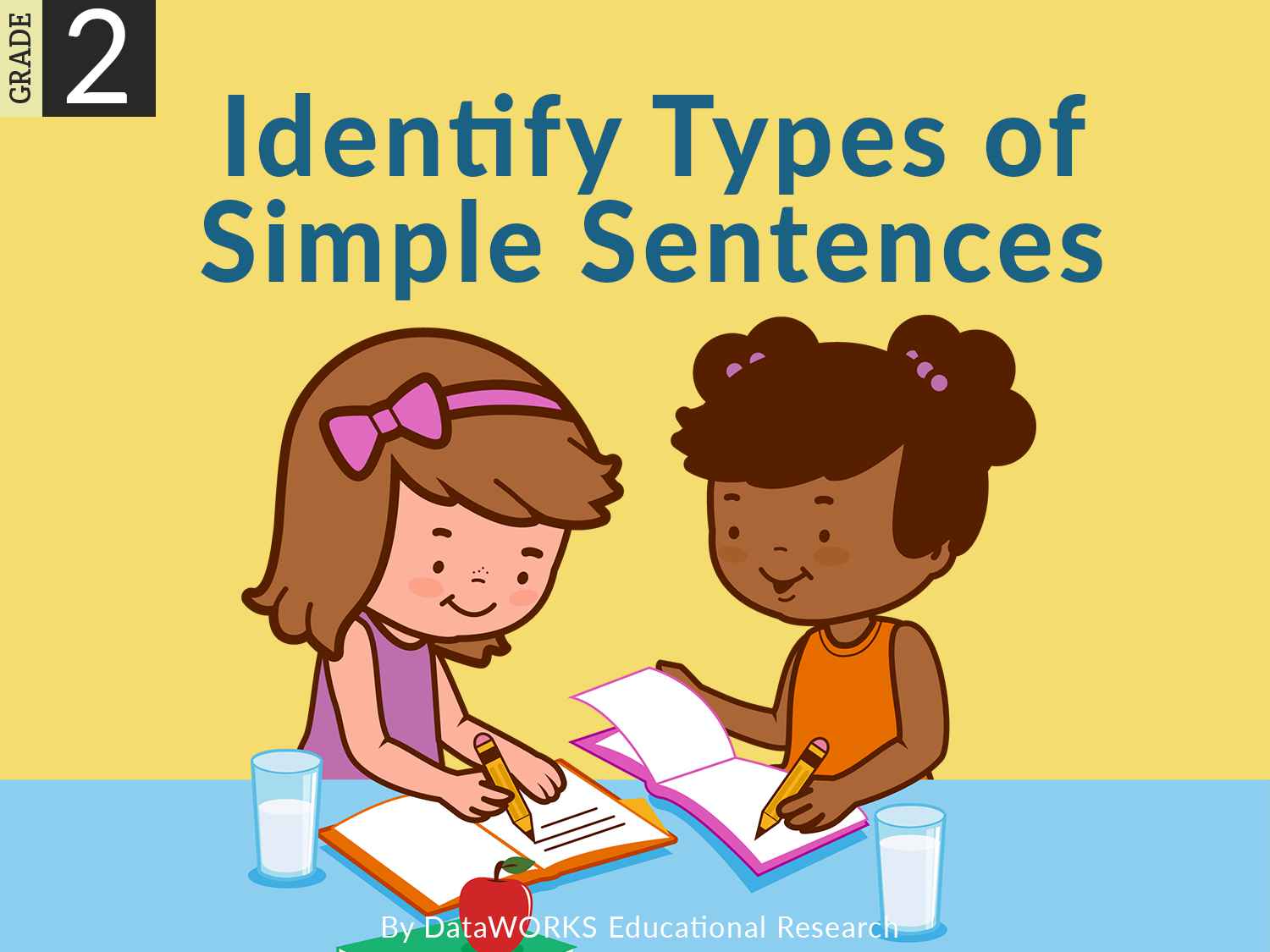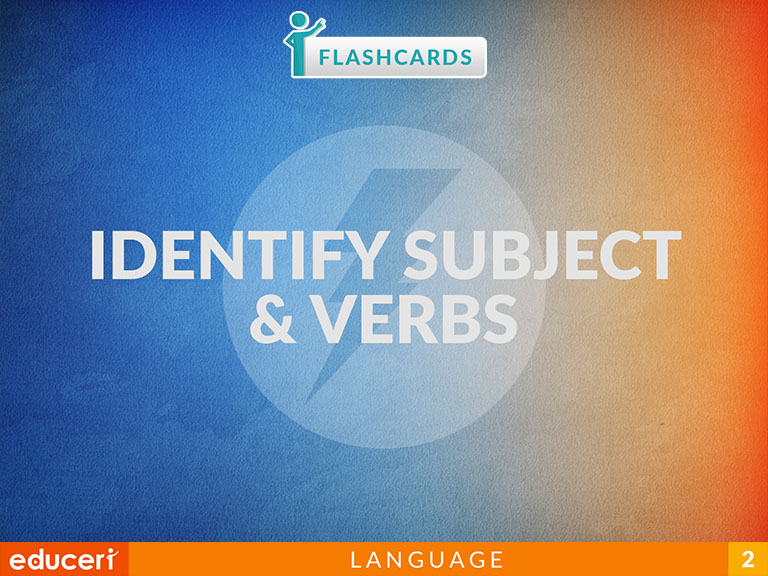All Lessons

Recognize Abbreviations
This reading vocabulary lesson focuses on recognizing abbreviations. The lesson includes research-based strategies and strategic questions that prepare students for assessments. In this lesson, students identify words that can be abbreviated and practice writing the abbreviations. In addition to the lesson, there are four pages of Independent Practice and review with questions modeled after current adaptive testing items.
Share This Lesson

Capitalize Holidays and Special Events
This writing conventions lesson focuses on capitalizing holidays and special events. The lesson includes research-based strategies and strategic questions that prepare students for assessments. In this lesson, students identify holidays and special events in sentences and mark the letters to be capitalized. In addition to the lesson, there are four pages of Independent Practice and review with questions modeled after current adaptive testing items.
Share This Lesson

Punctuate Dates, Cities, and States
This writing conventions lesson focuses on punctuating dates, cities, and states correctly. The lesson includes research-based strategies and strategic questions that prepare students for assessments. In this lesson, students insert commas to correctly punctuate dates, cities, and states. In addition to the lesson, there are four pages of Independent Practice and review with questions modeled after current adaptive testing items.
Share This Lesson

Identify Types of Simple Sentences
This writing conventions lesson focuses on identifying types of simple sentences. The lesson includes research-based strategies and strategic questions that prepare students for assessments. In this lesson, students label subject and verbs in sentences and identify the type of simple sentence (SV, SSV, SVV). In addition to the lesson, there are four pages of Independent Practice and review with questions modeled after current adaptive testing items.
Share This Lesson

Determine the Meaning of Compound Words
L.2.4 Determine or clarify the meaning of unknown and multiple-meaning words and phrases based on grade 2 reading and content, choosing flexibly from an array of strategies.
L.2.4.DL.2.4.D Use knowledge of the meaning of individual words to predict the meaning of compound words (e.g., birdhouse, lighthouse, housefly; bookshelf, notebook, bookmark).
This Common Core language lesson covers the meaning of compound words. The lesson includes research-based strategies and strategic questions that prepare students for Common Core assessments. In this lesson, students will identify the two words that make up a compound word and use those meanings to determine the meaning. In addition to the lesson, there are four pages of Independent Practice with questions modeled after the Common Core assessment items.
Share This Lesson

Identify Subjects and Predicates
This writing conventions lesson focuses on identifying subjects and predicates. The lesson includes research-based strategies and strategic questions that prepare students for assessments. In this lesson, students identify and label the subject and predicate in a sentence and cross out any sentences that are not complete. In addition to the lesson, there are four pages of Independent Practice and review with questions modeled after current adaptive testing items.
Share This Lesson

Identify and Use Adjectives
This writing conventions lesson focuses on identifying and using adjectives. The lesson includes research-based strategies and strategic questions that prepare students for assessments. In this lesson, students identify and use words that describe a noun. In addition to the lesson, there are four pages of Independent Practice and review with questions modeled after current adaptive testing items.
Share This Lesson

Identify and Use Reflexive Pronouns
This language lesson has students identify and use reflexive pronouns. Students should complete subjective and objective pronoun lessons prior to completing this lesson.
Share This Lesson

Determine the Meaning of Words Using Context Clues
This lesson is a part of the Launch to Literacy program.
Share This Lesson

Identify Subjects and verbs
This Lesson is a part of the Launch to Literacy program.
Share This Lesson

Flashcards Use Matching Subject & Verbs
L.1.1.C Use singular and plural nouns with matching verbs in basic sentences (e.g., He hops; We hop).
L.2.1.FL.2.1.F Produce, expand, and rearrange complete simple and compound sentences (e.g., The boy watched the movie; The little boy watched the movie; The action movie was watched by the little boy).
Share This Lesson

Use Fact Families
(D) Apply basic fact strategies to add and subtract within 20, including making 10 and decomposing a number leading to a 10
1.5.G(G) Apply properties of operations to add and subtract two or three numbers.
1.OA.3 Apply properties of operations as strategies to add and subtract. Examples: If 8 + 3 = 11 is known, then 3 + 8 = 11 is also known. (Commutative property of addition.) To add 2 + 6 + 4, the second two numbers can be added to make a ten, so 2 + 6 + 4 = 2 + 10 = 12. (Associative property of addition.)
1.OA.41.OA.4 Understand subtraction as an unknown-addend problem. For example, subtract 10 - 8 by finding the number that makes 10 when added to 8.
2.OA.22.OA.2 Fluently add and subtract within 20 using mental strategies. By end of Grade 2, know from memory all sums of two one-digit numbers.
Share This Lesson

Memorize Subtraction Facts
(D) Apply basic fact strategies to add and subtract within 20, including making 10 and decomposing a number leading to a 10
1.3.E(E) Explain strategies used to solve addition and subtraction problems up to 20 using spoken words, objects, pictorial models, and number sentences
1.OA.6 Add and subtract within 20, demonstrating fluency for addition and subtraction within 10. Use strategies such as counting on; making ten (e.g., 8 + 6 = 8 + 2 + 4 = 10 + 4 = 14); decomposing a number leading to a ten (e.g., 13 - 4 = 13 - 3 - 1 = 10 - 1 = 9); using the relationship between addition and subtraction (e.g., knowing that 8 + 4 = 12, one knows 12 - 8 = 4); and creating equivalent but easier or known sums (e.g., adding 6 + 7 by creating the known equivalent 6 + 6 + 1 = 12 + 1 = 13).
2.OA.22.OA.2 Fluently add and subtract within 20 using mental strategies. By end of Grade 2, know from memory all sums of two one-digit numbers.
This operations and algebraic thinking lesson covers how to memorize subtraction facts. The lesson includes research-based strategies and strategic questions that prepare students for assessments. In this lesson, students will practice the subtraction facts of numbers 2 through 10 by a combination of reading aloud and writing each fact many times in horizontal and vertical formats.
Share This Lesson






